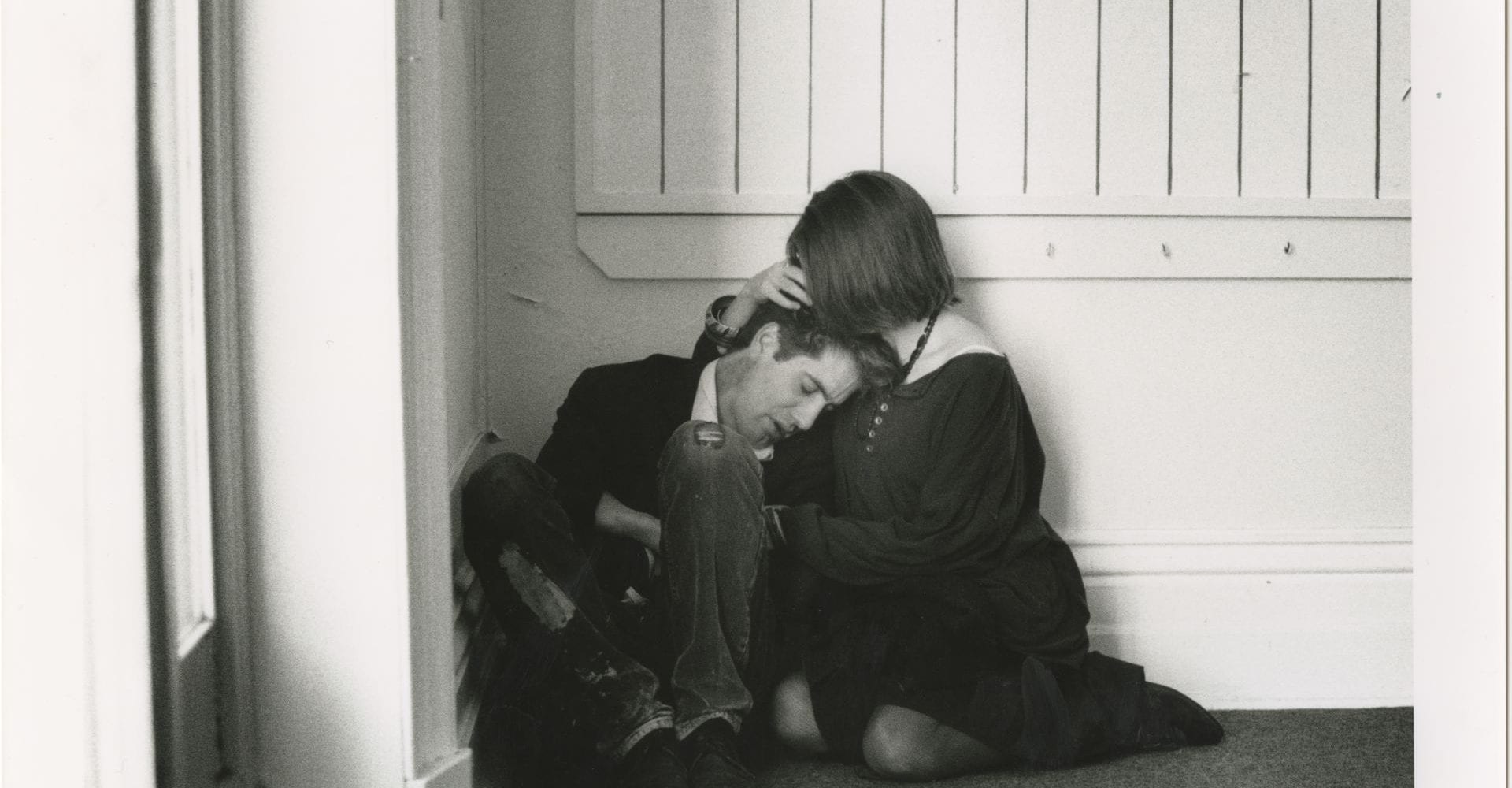VCA Digital Archive: Representations of mental health in film

The VCA Digital Archive is a living audiovisual record of student films dating back to 1966. The articles in this series respond thematically to the depth and breadth of the collection, which will be available for research from mid-2019. Enjoy!
By Thomas Gregory
From One Flew over the Cuckoo’s Nest to Silver Linings Playbook, mental health and illness have long been of interest to filmmakers. But their accurate and sensitive portrayal is often sacrificed to the demands of narrative tension, and such carelessness can only contribute to the confusion and stigma of mental illness in the wider community.
With respect to the discipline’s encouragement of honest storytelling, many selections of the VCA Film and Television Digital Archive forgo stereotypical depictions of mental health. Instead, they present all the drama and humour found in the varied experiences of those with mental illness.
Megan Manning’s 1990 film Just out of Reach is a dramatic portrayal of the difficulties faced by those not only with mental illness but by their loved ones. It’s about a young man who has dropped out of school who’s struggling to control his delusions while his desperate girlfriend wants to help, though without the necessary knowledge to do so.
While audiences may expect the film to be dreary and depressing, Manning presents us with a teen romance full of heart, with moments of warmth and happiness. Her characters are relatable and recognisable from my own school days in suburban Australia. Their actions and dialogue feel natural; they’re not the die-hard romantics from a John Hughes film, blasting pop songs from a boom-box on the front lawn. Instead, the soundtrack features rock bands that were favourites of teenagers at the time, and the suburban settings are our own.
There are no heroes or villains in Manning’s film and no labels for what the protagonist endures. Mental illness may be a major theme, but the focus never deviates from the teenage romance and the issues the two young people face. The film not only deals with teenage mental health with honesty, but does so within its 1990s Australian cultural setting.
Just out of Reach. Megan Manning. 1990. Drama.
Milquetoast (2017) explores mental illness in a completely different way and places it front and centre. The plot revolves around a man with obsessive-compulsive disorder, determined to do what it takes to make his life better. When Gerald accidentally loses his medication soon after losing his own doctor to suicide, he must find a way to cope with everyday life before he can get his next prescription filled.
Director Neal Engelbrecht presents his audience with Gerald’s fantastical imagination – sometimes bleak, often absurd, with each daydream and distracted thought offering us a clearer picture of the internal struggles of the protagonist. While the content of Milquetoast involves violence and sexuality, its presentation is restrained and never gratuitous in ways that may distract from Gerald’s dilemma. Instead, short moments, shot up-close, allow things just out of frame to be filled by our own imagination.
Milquetoast is a tale of hope, of a man determined not to let his illness be his downfall.
Milquetoast. Neal Engelbrecht. 2017. Drama.
Neal Engelbrecht’s Milquetoast is currently touring the film festival circuit. It will be available for student, staff and research access via the digital archive portal mid-2019.
One of the most unflinching films in the archive about mental illness is Moving. The 2003 documentary, directed by Brodie Higgs, presents an honest and uninhibited look at people who find themselves homeless in Melbourne. Each person interviewed has a tale to tell, inevitably including experiences of nervous breakdowns, paranoia and delusions. The laughter is tinged with sadness. The pain is on their faces and in their voices.
Higgs does not glamorise the lives of these homeless people, nor does the film censor their words. Profanity-laden rants that possibly betray unstable minds are mingled with self-aware guilt over past actions and dogged determination to try for a better future. Higgs knows just the right questions to ask and when to remain silent to let the subjects themselves fill the voids.
Moving. Brodie Higgs. 2003. Documentary.
Mental health is not always about disorder, nor does it always have to be taken completely seriously. Zara Guthrie’s 1992 animation Guilt Trip is for anyone who has ever felt guilty about childhood mistakes, allowing us an opportunity to laugh in remembrance and commiseration at one woman’s trip through space in order to find deliverance. Along the way she speaks to a personified thumbtack and is able finally to admit the things she got away with. With laughter as medicine, it’s difficult not to feel just that little healthier in the mind after watching it.
Guilt Trip. Zara Guthrie. 1992. Animation.
While it has become easier in recent times to be open about mental health, its portrayal in film and television has an influence on how those of us with mental illness are treated by the wider community. The films found in the Archive offer examples of the diverse, authentic and positive ways of presenting complex health issues that are so desperately needed in Australia today.
________________________________________________
Thomas Gregory is a Melbourne-based writer and director. He writes about media influence on creativity and is currently working on his first novel. Thomas was diagnosed with Bipolar Disorder over a decade ago and is stirred by considered discussions of mental health in entertainment.
The VCA Digital Archive series of articles were commissioned as part of a grant from the University of Melbourne, Student Services Amenities Fee. University of Melbourne staff and students and some industry people dipped into the VCA Archive and watched films based on themes. The idea was to use the archive as stimulus in which to curate and create. Some responses are completely creative, others are reviews, others are word art pieces.
The full collection is available for research.